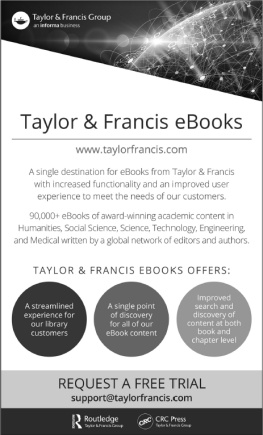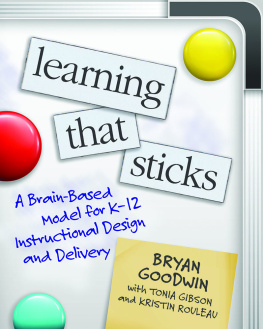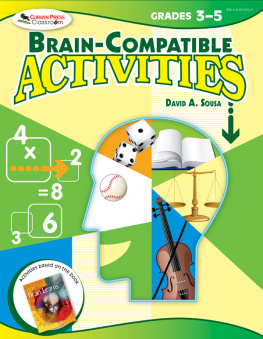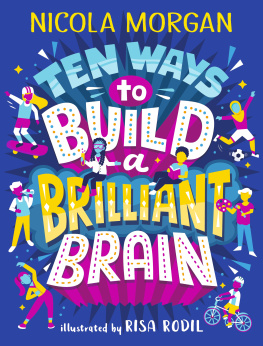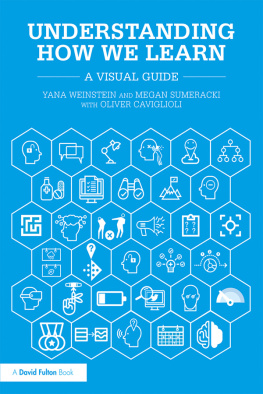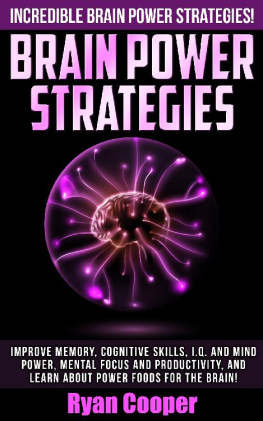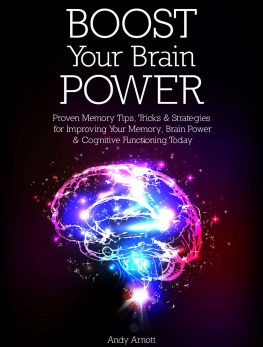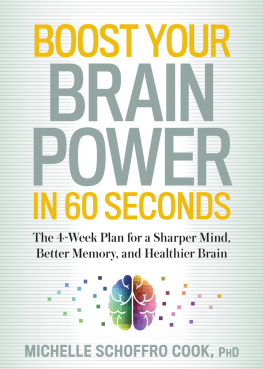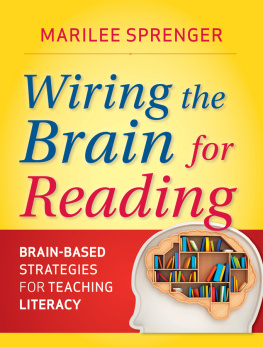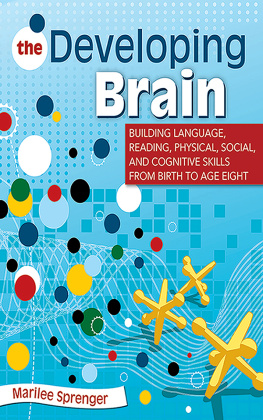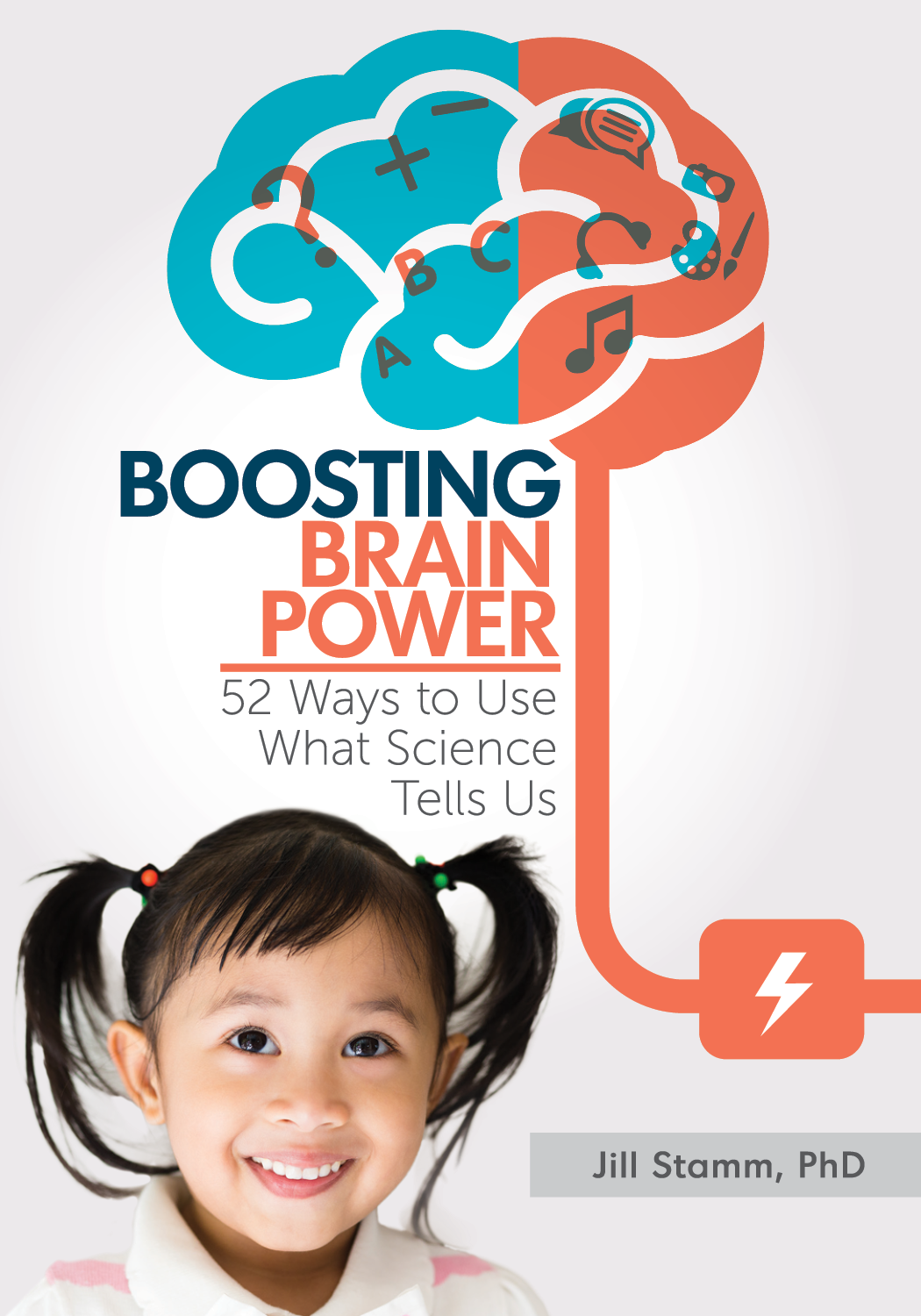Contents
Copyright 2016 Jill Stamm
Published by Gryphon House, Inc.
P. O. Box 10, Lewisville, NC 27023
800.638.0928; 877.638.7576 (fax)
Visit us on the web at www.gryphonhouse.com.
All rights reserved. No part of this publication may be reproduced or transmitted in any form or by any means, electronic or technical, including photocopy, recording, or any information storage or retrieval system, without prior written permission of the publisher. Printed in the United States. Every effort has been made to locate copyright and permission information.
Cover and interior photographs used under license from Shutterstock.com.
Bulk Purchase
Gryphon House books are available for special premiums and sales promotions as well as for fund-raising use. Special editions or book excerpts also can be created to specifications. For details, call 800.638.0928.
Disclaimer
Gryphon House Inc. cannot be held responsible for damage, mishap, or injury incurred during the use of or because of activities in this book. Appropriate and reasonable caution and adult supervision of children involved in activities and corresponding to the age and capability of each child involved are recommended at all times. Do not leave children unattended at any time. Observe safety and caution at all times.
Library of Congress Cataloging-in-Publication Data
Names: Stamm, Jill, author.
Title: Boosting brain power : 52 ways to use what science tells us / Jill
Stamm.
Description: Lewisville, NC : Gryphon House, Inc., [2016] | Includes
bibliographical references and index.
Identifiers: LCCN 2015041303 | ISBN 9780876593592
Subjects: LCSH: Cognition in children. | Thought and thinking. | Brain. |
Intellect.
Classification: LCC BF723.C5 S73 2016 | DDC 155.42/33--dc23 LC record available at http://lccn.loc.gov/2015041303
This book is dedicated to my daughters,
Jenny and Kristin
Acknowledgments
There are several people I want to thank for helping me to write this book. I have worked with a group of people at Arizonas Children Association and specifically with adjunct faculty and staff at New Directions Institute for Infant Brain Development, who helped me to refine and distill the often complex ideas from neuroscientists and researchers into simple, concrete messages. They have challenged me to make my ideas shorter, yet very clear. Because nearly all people in the United States have more data bombarding them than ever before in history, it is important to try to communicate efficiently in formats that busy people can absorb. Thank you.
I also want to thank my daughter Kristin Stamm McNealy. This delightful girl grew up to become a highly educated neuroscientist. It is just wonderful to have my very own little neuroscientist in my pocket whom I can call up to discuss important questions that, as an educator, I have needed help to understand. Not only do we have amazing times learning from each other, but she has also been my editor and colleague in this current book, my previous Bright from the Start book, our Brain Boxes Education Systems , and other projects I have been working on. Bless you, Kristin.
And I am always grateful to my daughter Jenny for showing me every day that, even with special needs and against all odds, each person can make a profound difference in this world. Jenny has been, and remains, my supreme teacher.
Introduction
What Caregivers Can Easily Learn
about Brain Development
In the desire to help our youngest children develop strong, healthy minds and important qualities of character and caring, we can start by thinking about how each of us will answer a common question, Why does early childhood matter?
I am asked this question often. I am asked to define, What specifically has been discovered that requires a change in the kind of care young children receive? Some of the new information comes from neuroscientists who detail how to protect a developing brain; some has been reported by economists who calculate cost savings resulting from improved early care and education for young children. Other new information is derived from longitudinal studies that link the quality of childhood experiences to long-term health outcomes.
This book is designed to help caregivers use new knowledge that has been created by a variety of sources. Anyone caring for young children has questions about everyday concerns. These questions deserve simple but accurate answers. This book provides caregiversincluding center-based staff, in-home family child care providers, nannies, early childhoodeducation students, parents, and other family memberswith easy-to-understand messages that translate complex science-based information about early brain development into simple actions you can take to encourage healthy development in infants, toddlers, and preschoolers. Now that neuroscience has revealed such critical information about how brains actually develop, educators and caregivers can use these key ideas to implement a variety of new strategies and perspectives in their classrooms and child care settings.
This book provides short statements called Brain Nuggets that inform caregivers about the latest important information on early brain development. These are clustered into the categories of general science, attention, bonding, and communication. You might decide to skip some introductory information for now and go right to the first Brain Nugget. That is just fine. You can start and stop where you choose. Because there are fifty-two main ideas explained in the book, you could easily approach the content by reading and thinking about one idea each week of the year. I want to emphasize the notion of thinking about a main idea. Each person who cares for young children has a different story, a different reason she wants to help young children, and a different amount of formal education about child development. Because the science of early brain development is so new, caregivers also have different (and probably limited) amounts of formal instruction about the brain of a child. This book can guide your efforts to create environments and relationships that can make a difference, based on what researchers have learned about the social-emotional and intellectual development of young children.
For more than a decade, the general public has been exposed to reports detailing recent findings from neuroscience about how young brains develop. Yet only recently have leaders in government agencies, community organizations, and corporations committed to expecting educators to apply those findings to their practices and policies on caring for and educating children from birth to five years old. You can find a mountain of evidence revealing the factors that are known to have an impact on the trajectory of development, either healthy or challenged. The problem has been, and remains, that it can be difficult for the scientists who conduct and share study results to also offer clear, simple, and comprehensible applications of this important information. Their attempts may have missed the mark because either they are too technical and text laden, thereby making comprehension time consuming and demanding, or they provide only broad-sweeping summaries that lack enough detail for the reader to be able to know what to do with the information.
This book offers clear, succinct key findings from neuroscience to help teachers and caregivers understand some of what I call Brain Basics 101, which in turn help when explaining why specific behaviors, environments, and practices can be so helpful in securing normal, healthy brain development. The book then offers prevention strategies that have been shown to be easily learned and implemented in care environments and classrooms for infants, toddlers, and preschoolers. The Brain Nuggets in this book offer simple, concrete ways of understanding why the quality of care matters so much to a developing brain. Anyone who cares for and loves a young child can benefit by knowing what the science shows. References to research are noted so that you can do further reading if you desire. But the main point is that easy-to-learn ideas, guides, and suggestions can help you be more deliberate in the interactions you have with young children. Quality care that is intentional matters. When caregivers understand why their role is so critical to the actual development of a childs brain, several things follow.


